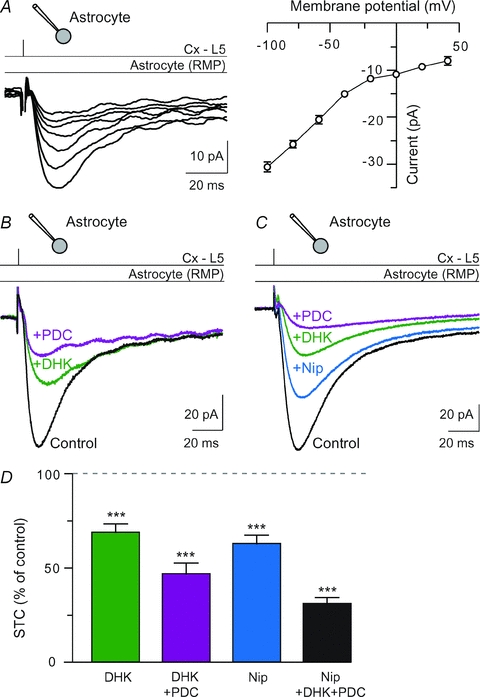Figure 3. Synaptically activated transporter currents (STCs) were generated by the activation of glutamate and GABA transporters.

A, cortically induced currents in astrocytes recorded at different holding potentials from −100 to +40 mV. A representative I–V curve illustrates the voltage dependence of the cortically evoked inward current in astrocytes. Between −100 and +40 mV, the cortically evoked current at astrocytes was rectifying, strictly inward and no reversal of current was observed. This suggests the activities of electrogenic carriers. B, representative recordings of the inhibition of STCs after DHK (300 μm) treatments and DHK–PDC (300 μm) co-applications. The contribution of glutamate uptake currents to the fast and slow components of STCs is, respectively, 39 and 38% (DHK), and 60 and 71% (DHK and PDC). C, GATs are involved in STCs. Nipecotic acid (500 μm) reduced significantly STCs. The contribution of GABA and glutamate uptake currents to the fast and slow components of STCs is, respectively, 37 and 17% (nipecotic acid), 62 and 58% (nipecotic acid and DHK) and 83 and 84% (nipecotic acid, DHK and PDC). D, glutamate transporters underlie 53.3 ± 5.8% (DHK+PDC, n = 10) of STCs. Nipecotic acid (500 μm, n = 17) reduced significantly STCs in control conditions (−37.2 ± 4.6%, n = 17). ***P < 0.001. Thus, glutamate and GABA transport represents most of the cortically evoked STCs.
